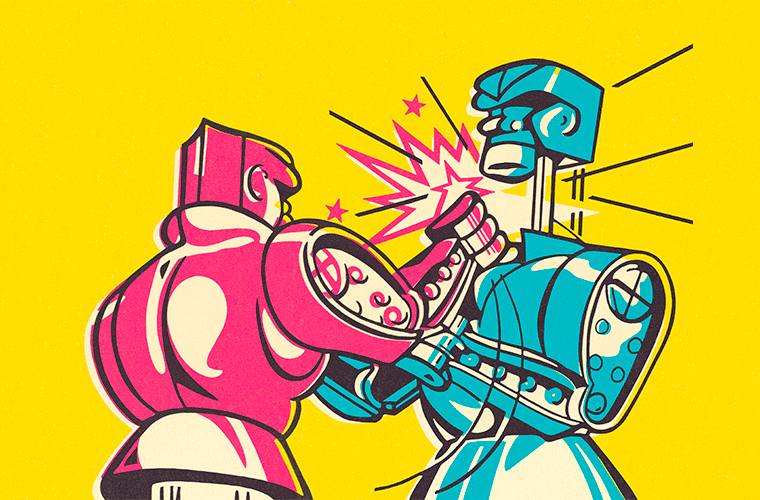Products and technology in the lighting design and controls space is happening at a lightning fast pace. How can a typical contractor keep up? The truth is, they can’t. That’s where innovative distributors such as Viking Electric swoop in with their dynamic duo of specialists—one in design, one in controls.
“Our standard as specialists is to be ahead of the market and the technology and not just be looking to the horizon, but beyond. We try to be the first one to understand it and to know it for our customers,” says Daniel Budke, LC, Lighting Design Specialist at Viking Electric. “It’s not so much what our customers are asking, as what they’re expecting. They look to us for answers.”
Answers to everything from current utility rebates to code compliance, according to Budke. Increasingly though, contractors also need subject matter experts on controls. Enter the specialist.
“One of the main reasons I was hired is because we want to be less rep dependent,” says Aaron Ruter, LC, Lighting Controls Specialist at Viking. Ruter was brought on about a year ago. Ruter says by having a resident controls expert whose primary job is to stay abreast of ever-changing technology, Viking has more freedom to select products from a wide array of manufacturers to provide the best customer solutions. Ruter works closely with Budke, his design counterpart.
“We’ll lay it out in AGi and we’ll provide a rendering and then we’ll think about a controls scheme. Controls packages can vary quite a bit.” Ruter adds that if a controls expert is involved from the beginning, “it makes us more competitive and gives our customers tremendous value-added service.”
The knowledge base to offer that added value is gleaned from first-hand experience. Ruter is often in the field, observing and consulting on both ends of the process. He visits directly with manufacturers to learn about new technology and goes to work sites to see how that technology plays out. Sometimes it’s good, sometimes it’s more problematic—such as the case of a ballroom project, in which Ruter was consulted a little late in the game.
“This ballroom, they wanted several different scenes. One of the scenes, they wanted chandeliers on and recessed cans off. Well, they’ve also got the ability to raise and lower the lights. Once they raise the lights, they raise everything together.”
It blew the whole aesthetic. “Unfortunately, I was brought in well after the process had begun. As a control specialist, I need to be engaged in the design process as early as possible. This assures we are getting our customers the best solutions for that particular project from day one.”
Contrast that with a successful museum installation in which, “we were working with a lot of color in the space, artists’ drawings all over the walls and they were definitely aware and wanted to get something that would bring out those colors the best.” Ruter says it went off without a hitch, but then, he’d been in on the ground floor.
“There’s no one fixture or solution; every job is different,” says lighting designer Budke. “Budget is always a big driver, but some of it now is safety.”
For instance, a recent install for a parking structure at The Armory in Minneapolis, the site of several Super Bowl events last month. At first the client was very budget conscious, says Budke, but they decided to spend more for increased security. The customer was very pleased with the end result, again, by utilizing specialists to make it happen.
Scalability is also top of mind for savvy customers who don’t want their investment in lighting design and controls to be short-lived. Ruter calls this “future proofing.”
“If they want to make changes down the road, they’re not talking about a new system. They’re talking about a small upgrade. For example, if I want to give somebody the ability down the road to connect with an app, it might just be a small device. Others systems you might have to start all over. Providing something scalable is practical.”
But contractors, for the most part, have neither the bandwidth nor the inclination to learn about all these scalable control technologies on their own.
“A lot of times customers don’t have time to attend classes, so they rely on us as specialists even more,” adds Budke. That specialization can range from a dedicated controls expert, to ways to reduce labor costs and maximize utility rebates.
“We like to be a one-stop-shop for worry free job design, quotes and project management, that’s the value the distributor brings,” adds Budke.
And in Viking Electric’s case, the lighting design specialist and controls specialist buddy up to deliver a winning combination.
Tagged with best practices, lightED, lighting specialist
very interesting reading since I work in the field